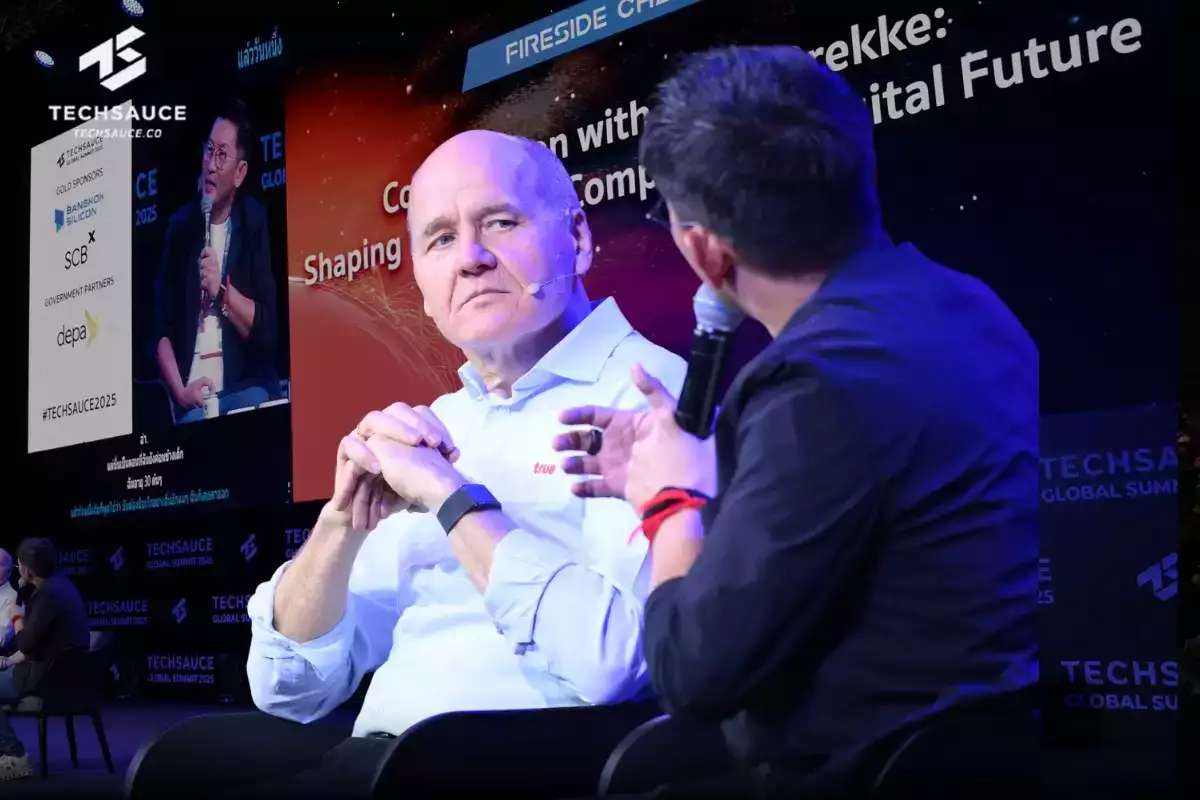HR Analytics: Stop retraining and start retaining
Here is what the future of workplace training looks like with HR Analytics - The past decade has seen human resources becoming even more employee-focused, doubling down on effectively retaining skilled employees. Across industries, workers remain the primary instrument to improving a company's long-term ROI. That said, such heavy financial investment in employees can become a liability for companies if top talent decides to leave. For this reason, businesses are putting their employees' experience at the forefront, pivoting from recruitment to retention.

To do this, HR managers are employing SaaS solutions to better understand their employees and hopefully improve their day-to-day experience. Analytics tools have become critical in this process, providing HR managers information on their employees quickly, such that their role becomes less transactional and more transformational and people oriented.
People analytics—or HR analytics in this context—involve analyzing employees' problems and experience within their company to anticipate the likelihood of them staying. Using this technology, which is becoming more affordable today, HR managers can effectively map each employee's progression and uncover their career needs. But because every employee's expectations and needs vary, managers should understand how best to utilize this software. Here are three ways HR analytics can help managers train staff and keep them for the long run:
#1 Anticipate what employees want
It is remarkable that today, as many as five generations of employees can be co-workers, clearly illustrating the importance of scouting practical insights on what makes a versatile and productive team. While this is an ideal situation to have, issues such as career path uncertainties are still very much prevalent. Another correlation to this is not having sufficient up-to-date work knowledge, which is largely a result of a poorly designed program.
The use of analytics in this case helps reveal varying goals, pain points, and preferences for training content, managers are thus given the visibility to better study how employees work, and whether their skills have been properly utilised in their role. The software also examines the competency and capacity of a team, ultimately summing it up so that future training programs can be targeted and improved. For this, data such as employee’s skillset and job scopes residing in the HRIS (Human Resource Information System) will provide the visuals for HR managers to gain clarity on. In a case of attrition, decision on who will be the next in line to step up will have to be made, by justifying the candidate's potential, or even their requisite knowledge and skills to perform the role well. Therefore, putting sets of data together helps illustrate and draw a conclusion on whether there is a need for retraining.
When such shift happens, remunerations will also have to be re-evaluated to ensure job stability. Having data residing in one space can put more things into perspective, helping HR managers anticipate what employees really want out of a career in the company.
#2 The fluidity of the feedback system
Gone were the days where extrinsic rewards serve as the primary motivation at workplaces. The upcoming workforce which will be predominantly run by millennials gravitates towards a feedback-rich culture, where 72% of them who are provided with accurate feedback actually find their job more fulfilling.
As communication also becomes more democratised in this digital age, employees are now more comfortable with sharing their opinions online, as their thoughts get more visibility across the higher management and vice versa. In comparison to traditional feedback methods which tends to be more manual and silo-ed, a digital HR platform not only encourages more engagement amongst employees, but also allow their comments to be better documented, residing in a system where data can be conveniently pulled into creating an analytic dashboard.
With a feedback platform in place, it facilitates more informal engagements that will pave way for more data to be collected. HR managers not only get a clearer view of the staff's work-cycle, but also avoid mentally fatiguing them in long and draggy surveying sessions. This gives clarity on how to best implement a sustainable training program.
#3 Creating a comprehensive talent development program that is on demand
Millennials who will be taking up more crucial positions in time to come, play an important role in the planning of training courses as well. Considering that to identify talent gaps effectively, there must be minimal human bias in this process. As such, the more engaged employees are, the more data there is to be used for creating performance metrics and benchmarking them based on the under performers and star performers. This helps to gauge potential and replicate top performance.
Likewise, when developing more realistic learning methodologies for team learning, HR managers also need to consider other measurable aspects such as lead time needed for course completion, personal training preferences, performance during sessions, and knowledge retention rate as reliable indicators to whether the program is truly beneficial. In taking up a more data-driven approach, it helps greatly in quantifying the potential gains the company can get from developing a successful program.
Concluding thoughts:
In the competition for top talent, managing human capital in the current economic situation is increasingly becoming more competitive, as organizations need to be able to meet employee’s expectations, and also differentiate themselves from their competitors to retain top performing stars. With HR analytics, organizations will be able to deliver an approach suited for contemporary workplaces, by offering transparent ways of collaborating and communicating with staffs, keeping them engaged.
As new generation workers tend to have a shorter staying time in one place, understanding attrition rates should never be left to guesswork. Knowing the probability will grant HR managers the additional time to prepare resources in helping retain valuable staff. It is hence important to remain educated on all operations within the organization, and in finding newer ways of supporting HR managers, HR analytics has become the new go-to factor.
Written by Gibu Matthew, VP & GM, APAC, Zoho Corporation

ลงทะเบียนเข้าสู่ระบบ เพื่ออ่านบทความฟรีไม่จำกัด






